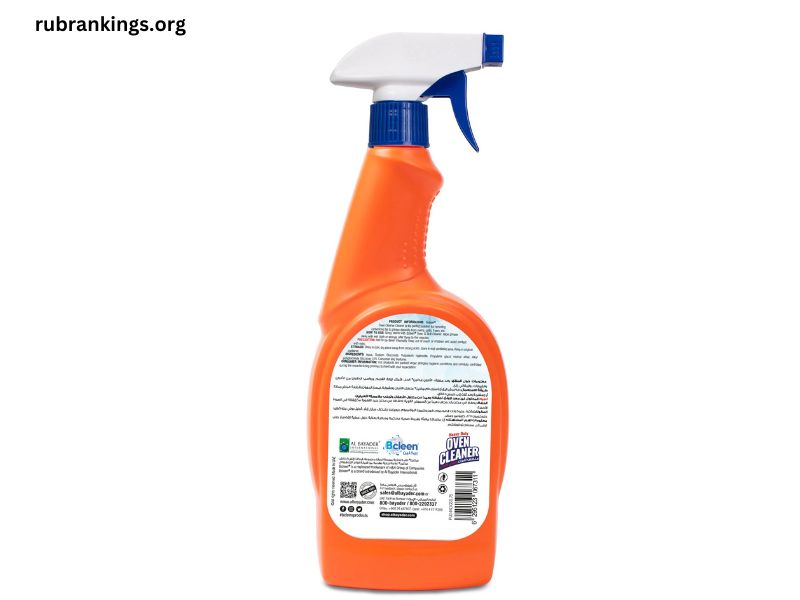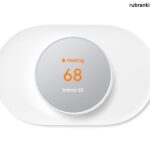In the world of household cleaning products, there is a vast array of formulations designed to tackle a range of cleaning challenges. Some of these formulations include a combination of chemicals that provide both powerful cleaning action and safety for the user. One such combination is sodium hydroxide (NaOH), commonly known as lye or caustic soda, and sodium gluconate. Although these ingredients might sound technical or unfamiliar to some, together, they form a potent yet relatively safe household cleaner that can tackle tough grease, stains, and grime. This article delves into the role of sodium hydroxide and sodium gluconate in household cleaning products, their benefits, safety considerations, and common uses.
What Is Sodium Hydroxide?
Sodium hydroxide, or lye, is a highly alkaline compound that plays a crucial role in many industrial and household applications. In its pure form, it is a white, odorless solid that readily absorbs moisture and carbon dioxide from the air. In cleaning products, it is often used in diluted liquid form to break down oils, fats, and proteins due to its ability to saponify grease and oils.
Key properties of sodium hydroxide:
- Strong alkalinity: Sodium hydroxide is one of the strongest bases, meaning it can effectively break down acidic compounds and oils.
- Degreasing ability: It is commonly used in kitchen cleaners to dissolve tough grease and fatty deposits.
- Clog removal: Sodium hydroxide is also used in drain cleaners because it can dissolve organic matter, including hair, food particles, and soap scum.
Because of its strong reactivity, sodium hydroxide must be handled with care. It can cause severe burns if it comes into contact with skin or eyes, and inhaling its fumes can irritate the respiratory system. As such, it is typically diluted to safer concentrations in household cleaning products.
What Is Sodium Gluconate?
Sodium gluconate is a salt derived from gluconic acid, which is a naturally occurring compound produced by the oxidation of glucose. It is often used in cleaning products because of its ability to act as a chelating agent, binding to metal ions and preventing them from interfering with the cleaning process.
Key properties of sodium gluconate:
- Chelating agent: Sodium gluconate binds to metal ions like calcium and magnesium, which are common in hard water, and prevents them from interfering with the cleaning action.
- Water softening: By reducing the hardness of water, sodium gluconate helps other cleaning agents work more effectively.
- Biodegradable: Unlike some other chelating agents, sodium gluconate is biodegradable and considered environmentally friendly.
- Mildness: It is relatively mild compared to sodium hydroxide and is non-toxic at the concentrations used in cleaning products.
Sodium gluconate does not possess the same powerful degreasing properties as sodium hydroxide, but it enhances the performance of cleaning products, especially in hard water areas, and reduces the potential for streaking or residue after cleaning.
Why Combine Sodium Hydroxide and Sodium Gluconate?
When used together, sodium hydroxide and sodium gluconate create a synergistic effect, enhancing the overall cleaning power of the product. Here’s why this combination works so well:
- Stronger cleaning action: Sodium hydroxide is highly effective at breaking down oils, greases, and proteins, but it can be harsh on surfaces if not used properly. Sodium gluconate helps to buffer and moderate its aggressive action, ensuring that it cleans effectively without damaging surfaces or leaving streaks.
- Hard water performance: In areas with hard water (water that contains high levels of calcium and magnesium), sodium gluconate can act as a water softener. Hard water can hinder the effectiveness of many cleaning products by causing soap scum or mineral deposits to form. Sodium gluconate chelates these metal ions, improving the overall performance of the cleaner.
- Surface protection: The combination of sodium hydroxide and sodium gluconate helps protect delicate surfaces from damage. For example, in kitchen cleaning, the gluconate helps prevent streaking or clouding of surfaces, while the sodium hydroxide cuts through grease and grime without excessive abrasion.
- Better rinse-ability: One of the challenges of using powerful chemicals like sodium hydroxide is ensuring that the product is easy to rinse away after cleaning. Sodium gluconate helps by ensuring that the product does not leave behind any residues, making it easier to clean surfaces without worrying about leftover chemicals.
Applications of Household Cleaners Containing Sodium Hydroxide and Sodium Gluconate
Household cleaners containing sodium hydroxide and sodium gluconate are versatile and can be used in a variety of cleaning tasks. Some common applications include:
1. Kitchen Cleaners
The combination of sodium hydroxide and sodium gluconate is particularly effective in the kitchen, where tough grease and oil stains are a constant challenge. The sodium hydroxide breaks down the grease, while the sodium gluconate helps to soften water and keep mineral buildup at bay. These cleaners are commonly used on stovetops, oven hoods, and countertops.
2. Bathroom Cleaners
Bathroom cleaning products often contain sodium hydroxide because it is effective at removing soap scum, mildew, and mineral deposits from shower walls, sinks, and toilets. The sodium gluconate helps to enhance the performance in hard water areas, preventing the formation of unsightly mineral stains or water spots on tiles and fixtures.
3. Drain Cleaners
Sodium hydroxide is a key ingredient in many drain cleaners because it can break down organic matter like hair, soap, and food waste. When combined with sodium gluconate, the formulation works even more effectively, as the gluconate softens the water and prevents mineral buildup that could obstruct pipes. This combination is used in both residential and commercial drain cleaning products.
4. All-Purpose Cleaners
Some all-purpose cleaners contain both sodium hydroxide and sodium gluconate, providing a versatile solution for a range of surfaces, from kitchen counters to bathroom tiles and even floors. These cleaners are suitable for removing grease, grime, stains, and other debris, making them an essential item in many households.
5. Degreasers for Industrial or Heavy-Duty Use
Sodium hydroxide-based degreasers, often formulated with sodium gluconate, are used in industrial or heavy-duty applications. These products can effectively remove oils and grease from machinery, tools, and equipment, as well as from large-scale cooking equipment in commercial kitchens.
Safety Considerations and Precautions
While cleaners containing sodium hydroxide and sodium gluconate can be highly effective, they should be used with caution, especially the sodium hydroxide component. Here are some safety considerations:
- Proper ventilation: Sodium hydroxide can release fumes, especially when used in concentrated forms. Always use the product in a well-ventilated area to avoid inhaling any fumes.
- Wear protective gear: When handling products with sodium hydroxide, it is important to wear gloves and eye protection to prevent skin or eye contact. If the product comes into contact with skin, rinse thoroughly with water.
- Follow instructions: Always follow the manufacturer’s guidelines for use. This ensures both safety and effectiveness. Do not mix with other chemicals unless specified by the manufacturer, as certain combinations can produce harmful reactions.
- Keep away from children and pets: As with all cleaning products, store cleaners containing sodium hydroxide and sodium gluconate in a secure location, out of reach of children and pets.
- Rinse thoroughly: After using a cleaner containing sodium hydroxide, always rinse surfaces thoroughly to remove any residual chemicals, particularly if the product is used on food contact surfaces.
Environmental Impact
While sodium hydroxide is a strong chemical, it is biodegradable when used in diluted concentrations, and it does not persist in the environment in the same way that some other harsh chemicals do. Sodium gluconate, on the other hand, is considered to be environmentally friendly due to its biodegradability and low toxicity.
In terms of environmental safety, it is essential to use these products responsibly. For example, avoid pouring large amounts of cleaner directly into the environment, such as in drains, unless specified by the product’s instructions. Many manufacturers have made strides toward more sustainable packaging and environmentally conscious formulations, but it is always a good idea to check for certifications like “Green Seal” or “EPA Safer Choice” to ensure that the product meets environmental standards.
Conclusion
Household cleaners containing both sodium hydroxide and sodium gluconate provide an effective, balanced solution for a wide variety of cleaning tasks. The combination of these two ingredients works synergistically, with sodium hydroxide breaking down tough grease and grime, while sodium gluconate helps with water softening, surface protection, and enhanced cleaning performance. These products are commonly used in kitchens, bathrooms, drains, and for general cleaning tasks around the home.
Despite their effectiveness, these cleaners must be used with caution due to the strong alkalinity of sodium hydroxide. By following proper safety precautions and usage guidelines, consumers can take advantage of the powerful cleaning abilities of these household cleaners while ensuring a safe and effective cleaning experience.



